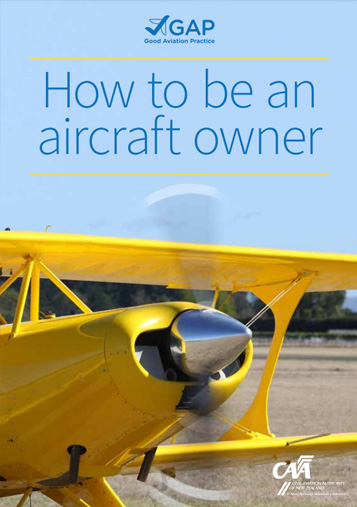Incidents are free lessons, but to get their maximum benefit, we need your reports.
CAA Safety Investigator Steve Walker, a specialist in examining aircraft maintenance occurrences, says his recent work has had him being the fence at the top of the cliff, rather than the ambulance at the bottom.
“I often liken the process of investigation to assembling a jigsaw puzzle. In the aftermath of an accident, you’re trying to describe what the jigsaw puzzle looks like, often with only some of the pieces. However, incident reports allow us to continually refine and build a more comprehensive picture.
“And incident reporting allows us to be more proactive, which, in turn, helps prevent further mishaps,” says Steve.
Steve is dedicated to working with organisations to improve their maintenance systems, and culture. He encourages safety managers of large – and small – operations to be transparent about their findings.
“While you might be reluctant to report certain information about safety performance to the CAA, your reports allow us to help you identify system weaknesses. It also means we can pass on critical safety information to other participants.”
A number of recent continuing airworthiness notices (CANs) can be directly attributed to industry reporting.
“In one example, a CA005 report detailed the deterioration of rear spar bolts on Fletcher wing attachments.
“These had been worn beyond working tolerances. That was because the sealant covering the bolts was preventing a maintainer inspecting them properly during scheduled maintenance.”
Avoiding pilot maintenance accidents
“There are legitimate means by which pilots can carry out certain maintenance tasks, provided some conditions are met,” says Safety Investigator Sam Stephenson.
Those conditions are outlined in rule 43.51 Persons to perform maintenance.
“But those who are authorised, or are working on their aircraft under a maintenance approval, aren’t always getting the help they need and involving the experts.”
Sam refers to a fatal microlight accident where a design change modification – a change of propeller type, carried out by the owner – wasn’t notified to the CAA.
“The new propeller type wasn’t on the engine manufacturer’s approved list for installation. Tragically, the propeller detached during flight, resulting in a fatality.
“LAMEs have a wealth of experience. Even if you’re an engineer, but from a different field, you may not fully grasp how changing an aircraft’s operating characteristics will stress the engine and airframe,” says Sam.
If you do maintain your own aircaft, keeping up-todate and accurate records of what you do is essential. If there’s an incident, and your records of maintenance are incomplete, it could affect your insurance cover, slow investigations, and affect the value of your aircraft.
More information
How to be an aircraft owner [PDF 1.4 MB]
Owning their own aircraft is a dream for many pilots. But owning an aircraft carries many responsibilities and obligations. This booklet describes what those are, for each category of aircraft.

